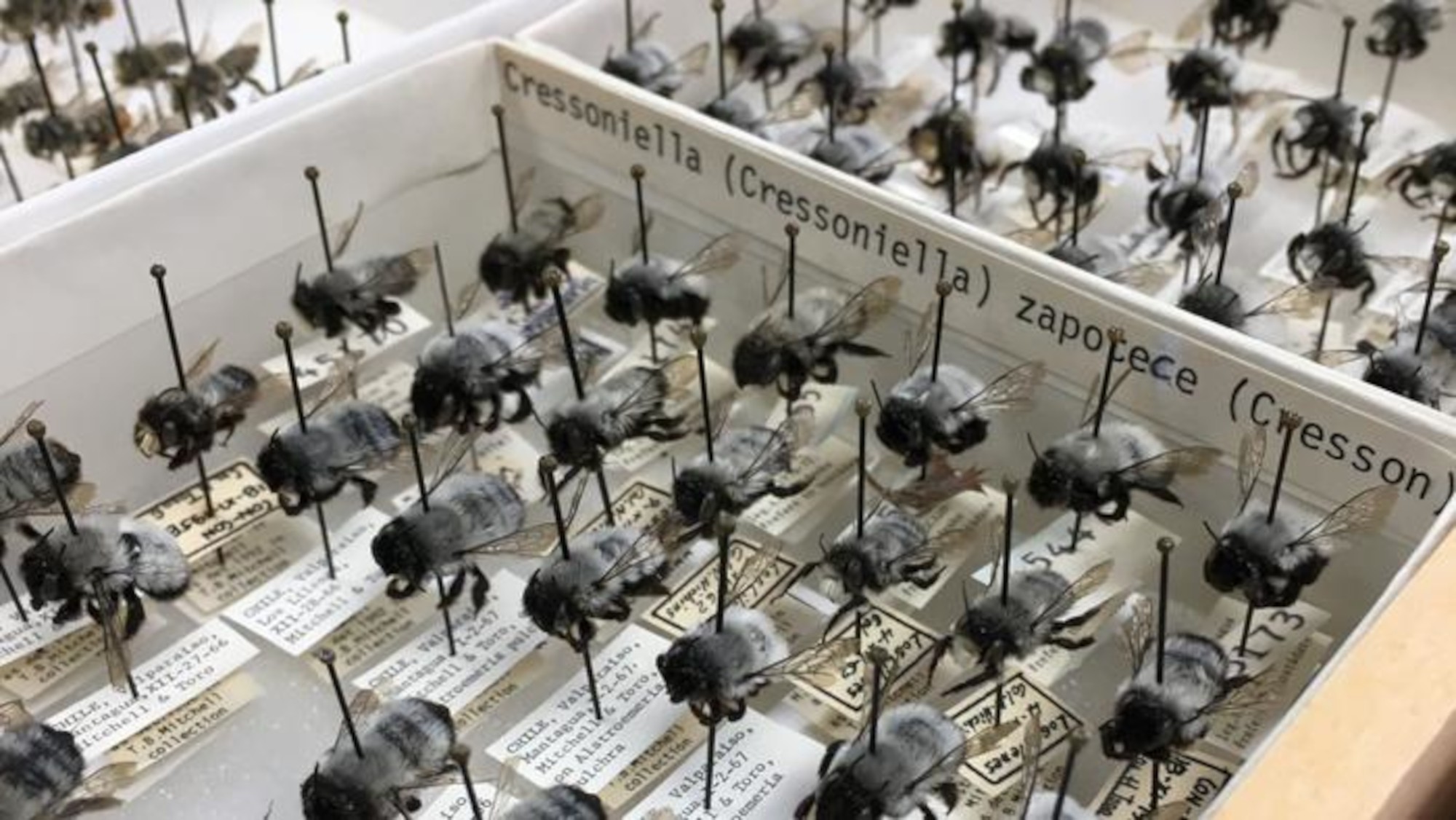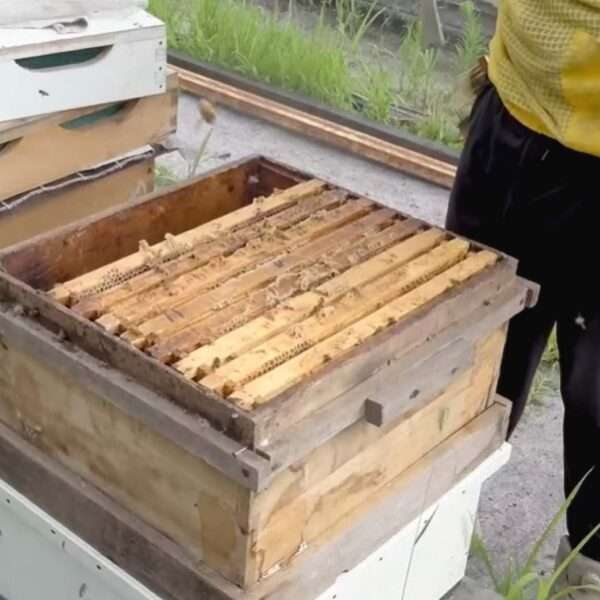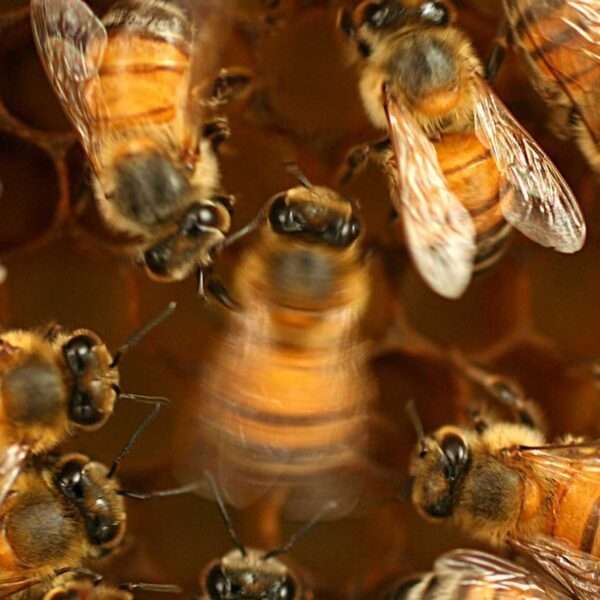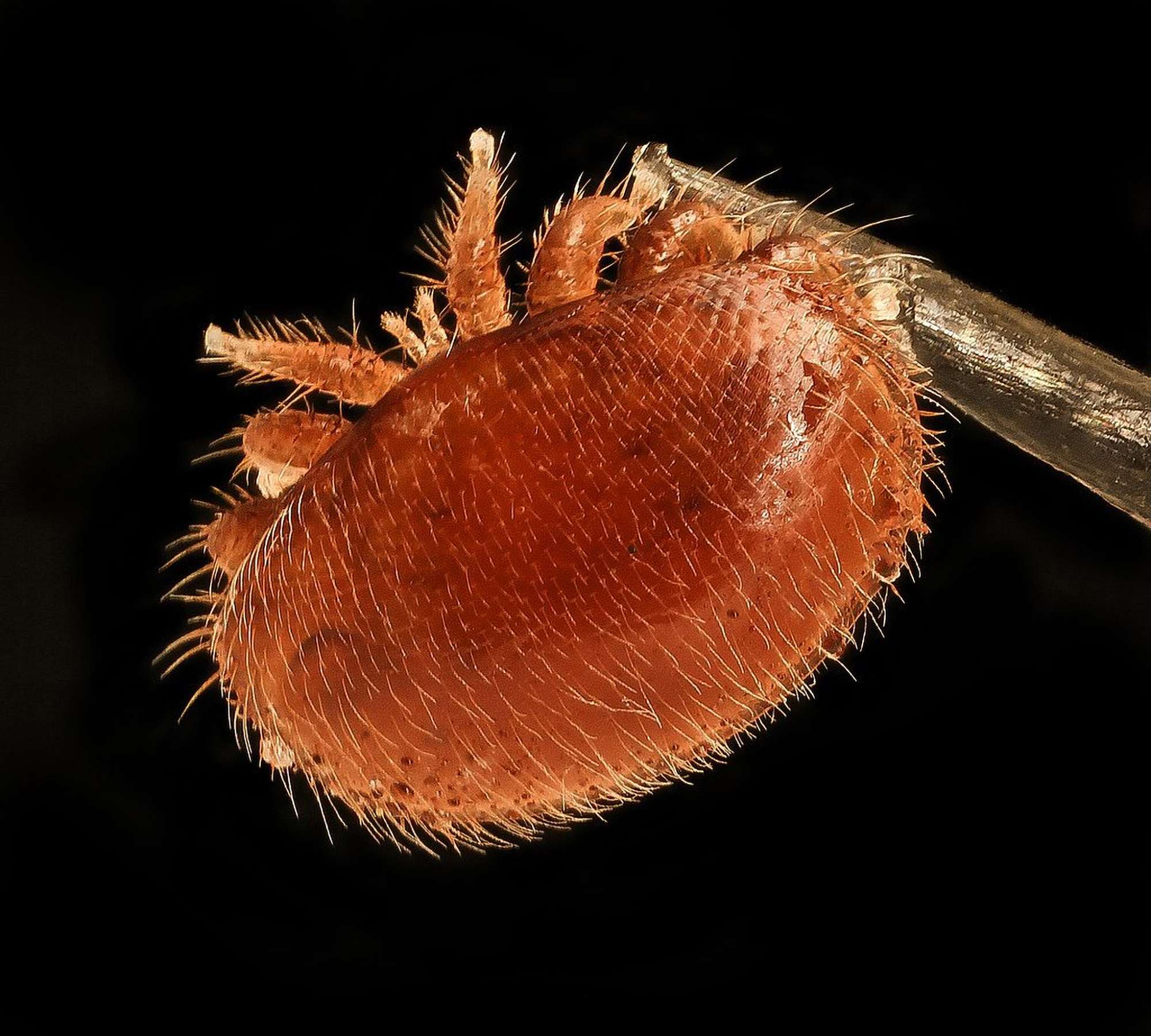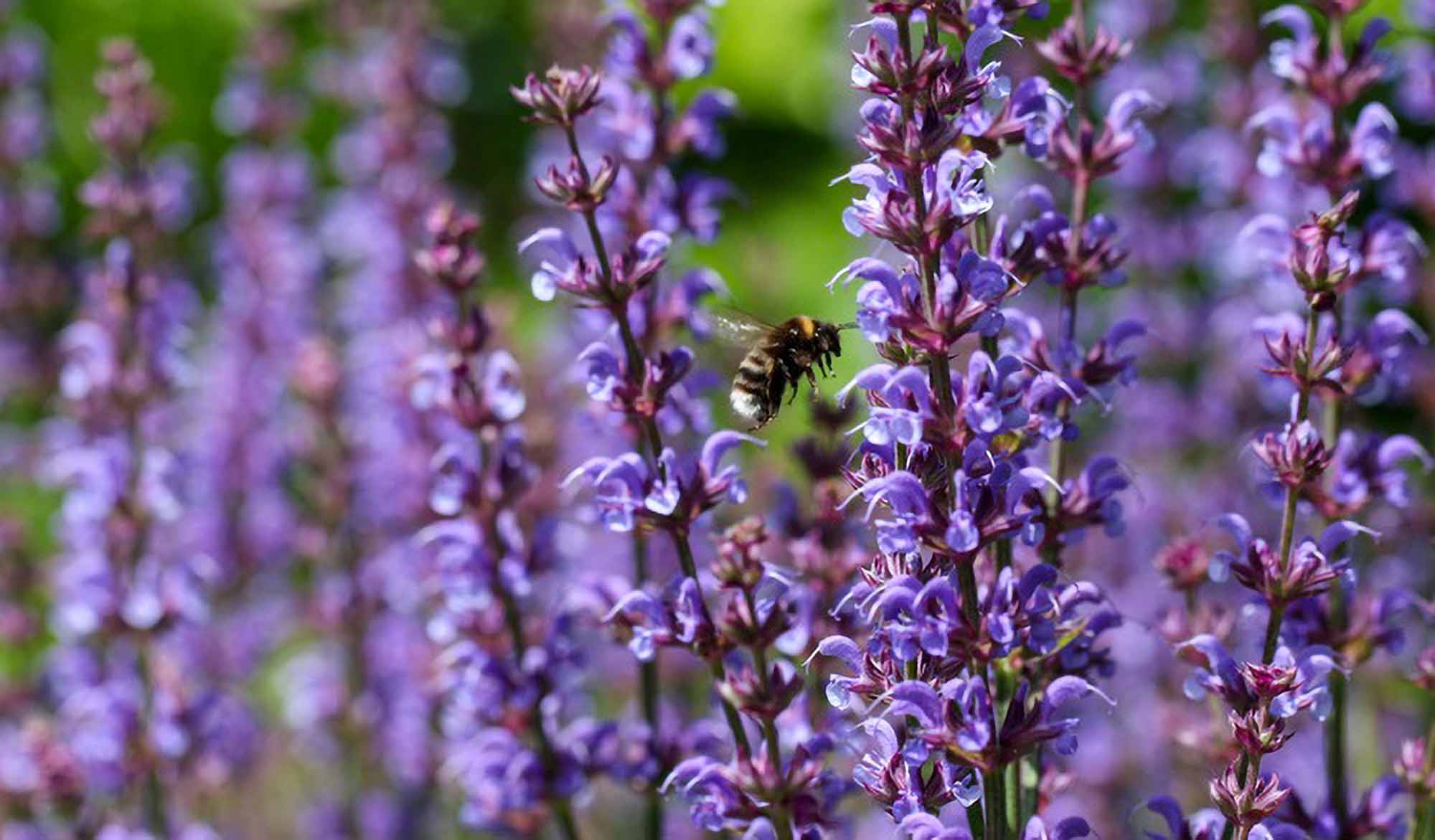Urbanisation and growing populations do not necessarily have a negative impact on biodiversity, a study conducted in the United States suggests.
Researchers from the North Carolina State University in Raleigh investigated the number of bee species in Wake County, the most populous region in North Carolina.
Today, the population of Wake County, which has around 1.15 million inhabitants, is 16 times greater than it was at the beginning of the 20th century.
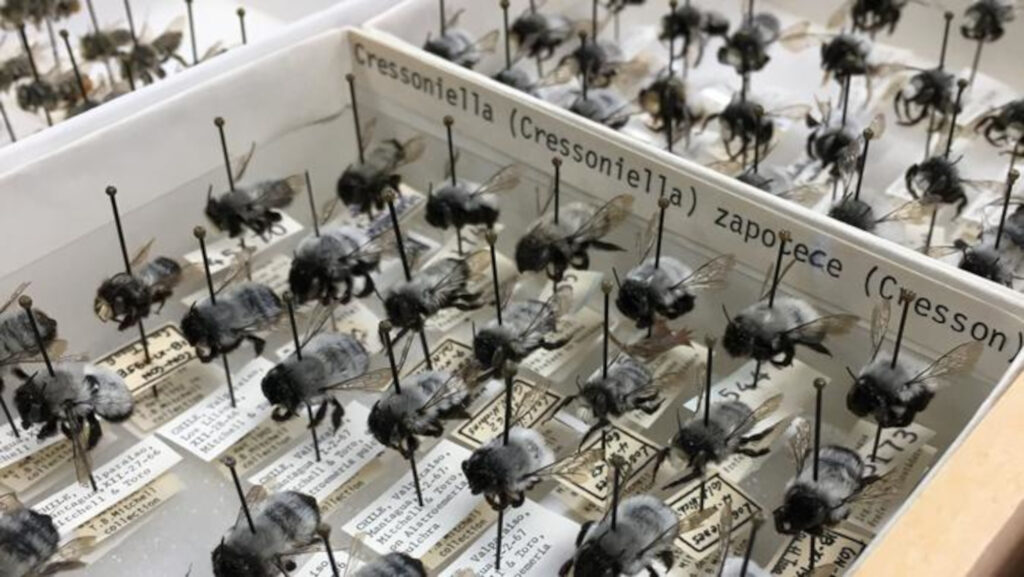
Wake County measures around 2,220 square kilometres (857 square miles). To put this into perspective, the Greater London Area in the United Kingdom counts almost nine million residents on 1,570 square kilometres (606 square miles).
The experts in biological science aimed to determine whether this development affected biodiversity and pollinators in particular.
Their investigation revealed that of the 328 bee species collected in Wake County between 1900 and 2018, 195 types have not been gathered since 1969.
However, no downward trend in the overall bee species richness during these 118 years has been determined as the potential disappearance of some types was compensated by the emergence of others.
Many of the potentially disappeared species are solitary pollinators that nest underground, according to the Eurek Alert science news website.
Researcher Selina Ruzi explained: “Our hypothesis was that bee species richness would decline in Wake County over time due to effects of urbanisation and population growth. But, while we saw some variance, there was no clear trend over time.”
Selina explained a new monitoring programme would be needed to find out whether the missing species had not been detected or are, in fact, gone.
Eurek Alert reports: “Burrowing bees could have a hard time in areas with growing populations of humans. Population growth and urbanisation bring housing developments, which generally means more concrete in the form of roads and driveways.”
These developments reduce the habitat of numerous insects, including solitary bees. Furthermore, the existence of engaged pollinators is threatened by global warming and the application of chemical substances.

